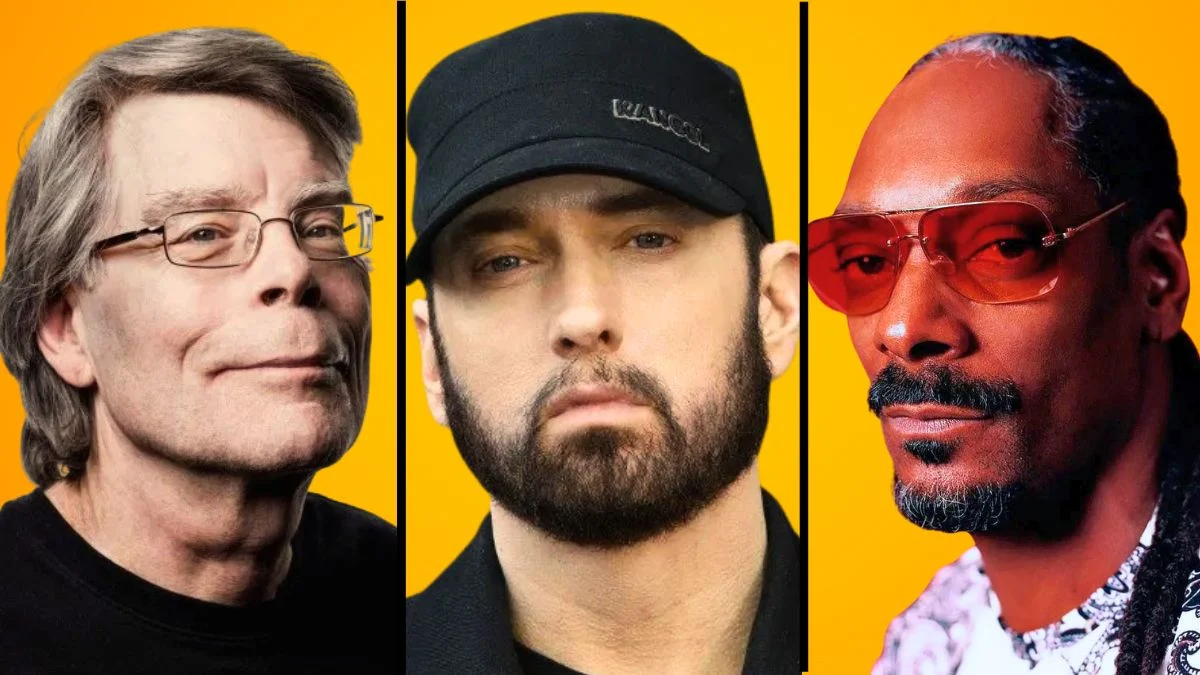
Stars sometimes move beyond the image that made them famous. When an on-stage or public personality no longer feels right, artists often retire it to allow themselves to evolve creatively without alienating their audience. Whether it’s a flamboyant stage persona or a character developed for television, these identities eventually come to an end, intentionally set by the artist. Here are some well-known examples of performers leaving their created personas behind.
David Bowie – Ziggy Stardust

As a huge Bowie fan, I’ll never forget hearing about the final Ziggy Stardust show in London back in ’73. He actually told the crowd it was the last time they’d see that version of him! It meant the end of the iconic red hair, those incredible space-age outfits, and the whole theatrical performance style he’d built around the Ziggy character during that tour. He jumped right into new sounds and projects, leaving Ziggy behind. While he’d nod to the Ziggy era in later shows, he never brought that character fully back to life on stage – and honestly, that felt right. It kept that period special and legendary.
Beyoncé – Sasha Fierce

Beyoncé once created a stage persona called Sasha Fierce for a particular album and tour. Later, she shared that she no longer needed this separate identity to perform with that same powerful energy. As her performances changed, she stopped using the Sasha Fierce name in her branding and album credits, and eventually stopped presenting her as a distinct character.
Garth Brooks – Chris Gaines

Garth Brooks created an elaborate alter ego named Chris Gaines, complete with a life story and a whole album of music. This was originally intended to tie into a movie that never materialized. Due to a somewhat negative response from fans, Brooks put the project on hold and went back to making country music. He’s referenced Chris Gaines a few times since then, but the character hasn’t been revived as a full-fledged persona.
Stephen Colbert – The Colbert Report Pundit

Stephen Colbert stopped playing his conservative commentator character when his satirical news show ended in 2014. The character was specifically designed for that show’s format and regular segments. When he transitioned to a traditional late-night talk show, he began appearing as himself. Since then, he’s mostly kept that character retired, only occasionally bringing it back for short comedy sketches that playfully reference its history.
Lady Gaga – Jo Calderone

Lady Gaga created a male alter ego named Jo Calderone, who she portrayed in performances, photoshoots, and even at an awards show. She fully committed to the character during interviews, staying in character as Jo. Eventually, she stopped using the persona and returned to presenting herself as Lady Gaga in her music videos and promotional work. Jo Calderone hasn’t been featured in any of her more recent tours or album releases.
Miley Cyrus – Hannah Montana

As a big fan, it was interesting to see Miley Cyrus really move on from her Hannah Montana days. Once the show wrapped, she clearly wanted to be known as herself, not her character. She made it pretty clear, through what she said and did, that Hannah was something she was leaving behind. While she’d occasionally acknowledge Hannah for fun or as a throwback, it was always as part of her past – not who she was becoming as an artist. It felt like a natural evolution, and honestly, it was cool to see her embrace that next chapter.
Snoop Dogg – Snoop Lion

Snoop Dogg briefly took on the name Snoop Lion while working on a reggae album and documentary after a trip to Jamaica. Once that project was finished, he went back to using his original name, Snoop Dogg, and didn’t continue with the Snoop Lion persona.
Paul Reubens – Pee wee Herman
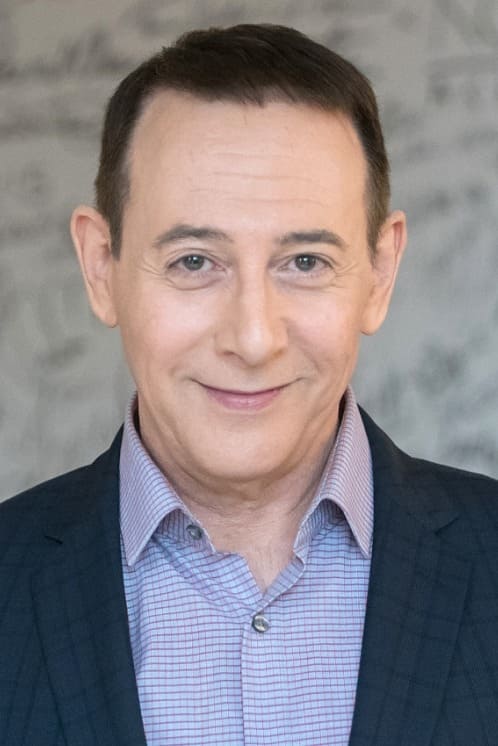
Paul Reubens developed the Pee-wee Herman character for live shows, TV, and movies. While Reubens worked on other projects, Pee-wee Herman would sometimes disappear for years at a time. A later comeback led to another movie and more live performances, but the act eventually ended. Today, fans remember Pee-wee Herman through recordings and past shows.
Sacha Baron Cohen – Ali G
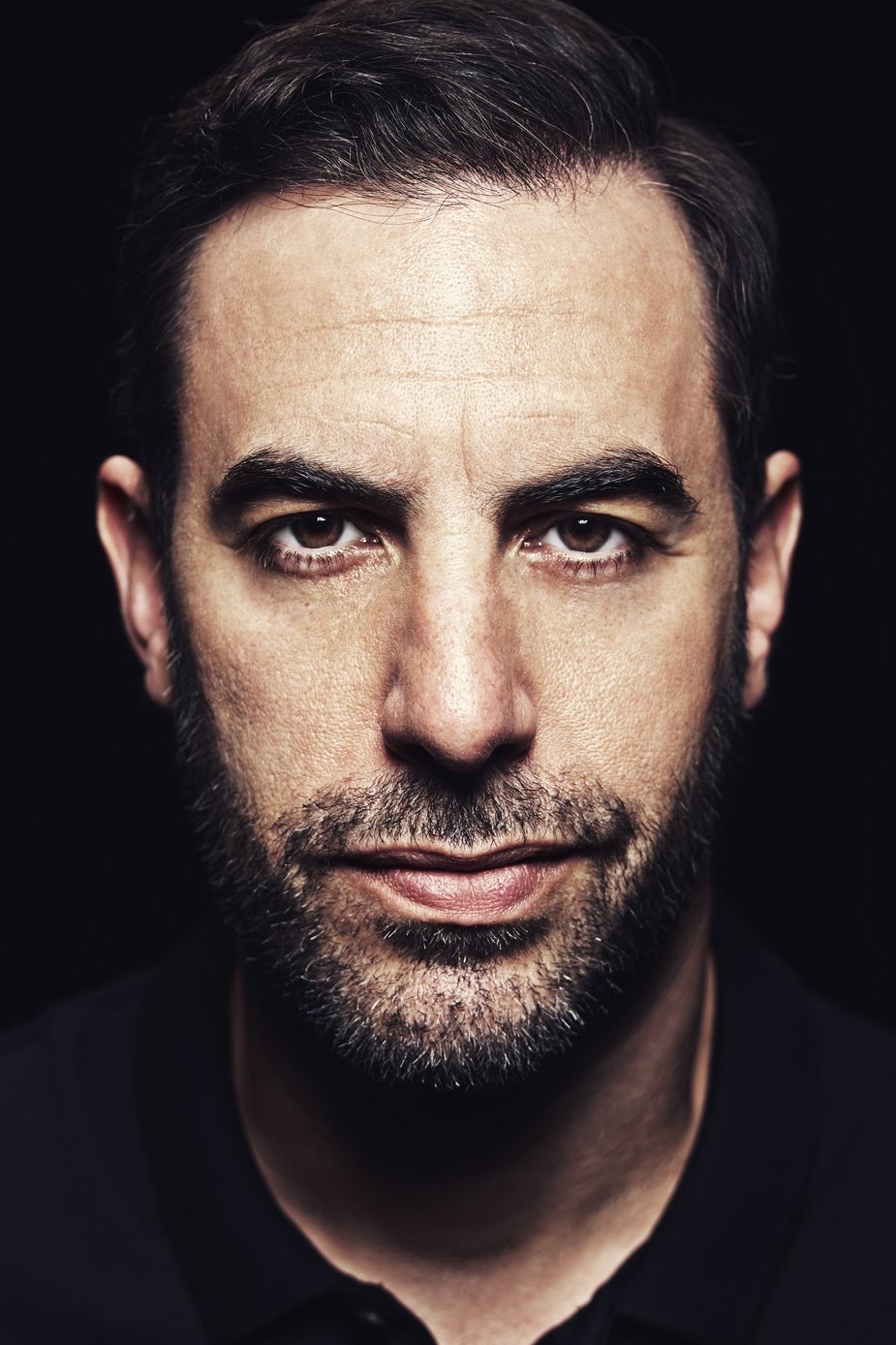
Sacha Baron Cohen created the character Ali G, a satirical interviewer who became known through television and a movie. Cohen later said he would no longer regularly perform as Ali G, though he’s made a few brief appearances for special events or charity. Since then, the character hasn’t been featured in any ongoing projects.
Mark Calaway – The Undertaker

For thirty years, Mark Calaway performed as The Undertaker, a famous wrestling character known for his dramatic entrances and complex storylines. He announced the end of this iconic role in 2020, and later had a formal farewell event including a final appearance in the wrestling ring. Since then, Calaway has appeared in public as himself, not as The Undertaker.
Tyler Perry – Madea
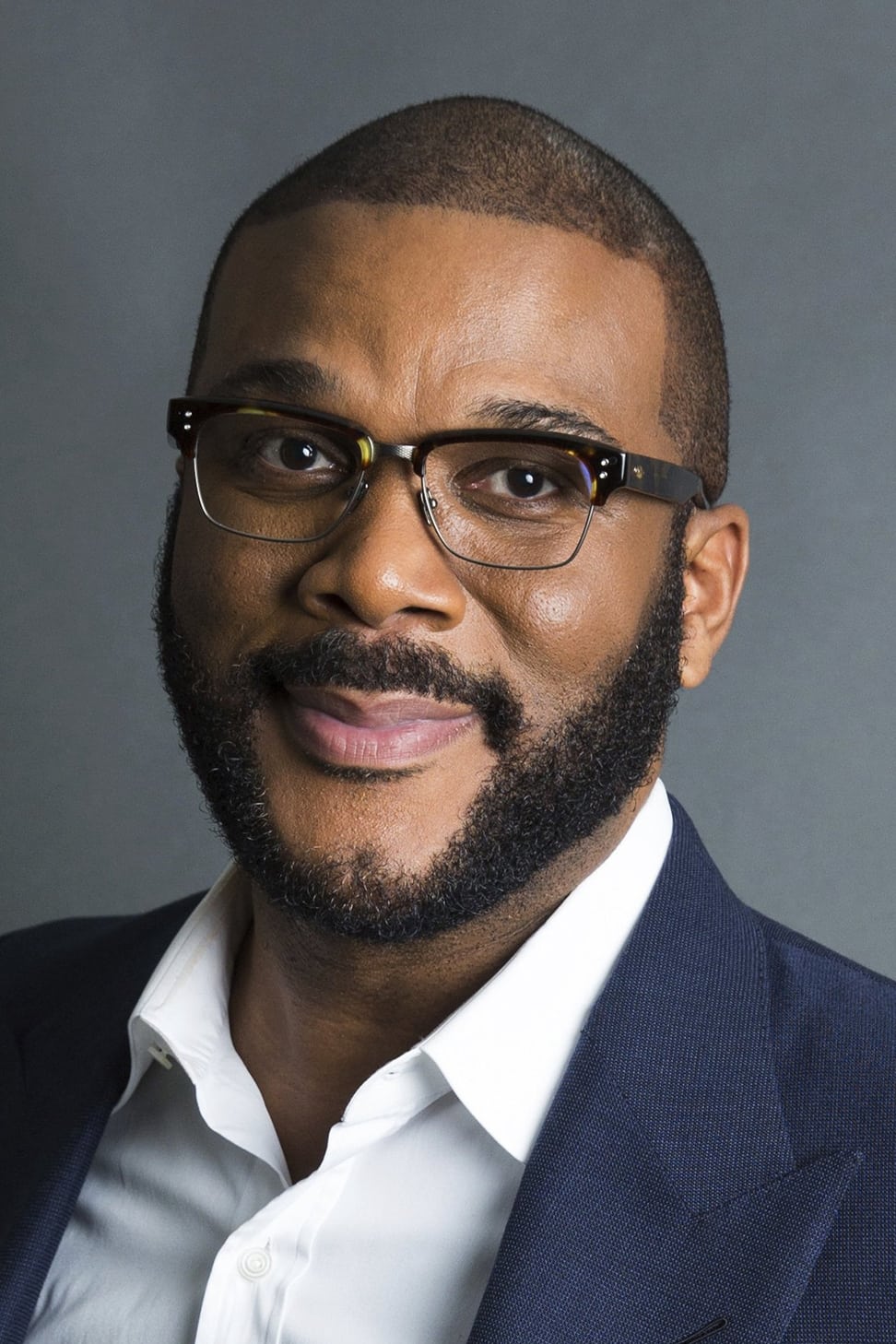
Tyler Perry initially announced he was retiring the character Madea after many successful plays, movies, and tours. He presented it as the end of an era. However, Madea later appeared in one final film for a specific purpose. Since then, the character has been mostly inactive, unlike its highly popular years.
David Johansen – Buster Poindexter
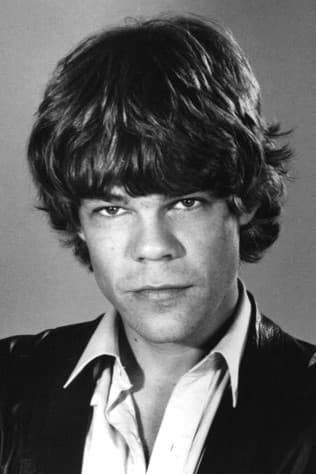
Johansen developed the character of Buster Poindexter – a lounge singer – and achieved success with club performances and hit songs. Eventually, he refocused on rock music and acting, though he still occasionally performs or records as Buster Poindexter. However, he largely retired the character as a main part of his career.
Chris Sievey – Frank Sidebottom
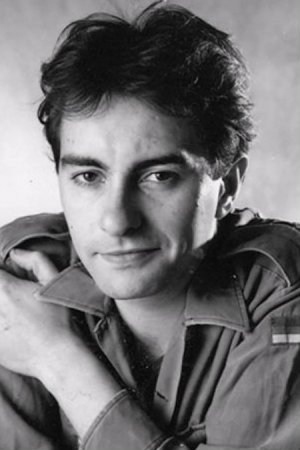
Chris Sievey created the character Frank Sidebottom, known for a large, handmade paper mache head and a unique, quirky sense of humor. Frank Sidebottom performed with bands, appeared on TV, and did live shows. After Sievey’s death, the act stopped, but Frank’s legacy lives on through exhibits and films. Today, he’s remembered as a pop culture icon through recordings and preserved materials, rather than ongoing performances.
Eminem – Slim Shady
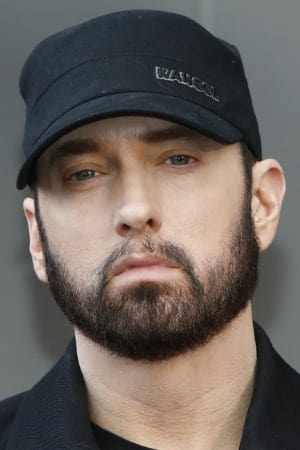
Early in his career, Marshall Mathers created the character of Slim Shady as a way to express a bolder, more raw side of himself in his music and videos. As time went on, he started focusing more on his real name, Marshall Mathers, and used Slim Shady primarily as a tool within his lyrics, rather than a separate identity. He even created a campaign suggesting he was retiring the Slim Shady persona, and began releasing music and performing as himself, emphasizing the artist rather than the over-the-top, violent character.
Stephen King – Richard Bachman

Stephen King started writing under the name Richard Bachman to publish more books without overwhelming his readers and to see if the stories would succeed on their own merit, without the benefit of his established reputation. When Bachman’s true identity was revealed, King announced that the author had passed away and stopped publishing new books under that name. Later editions of those books acknowledged King as the author and included them in his official list of works. He occasionally added notes referencing Bachman, keeping the pseudonym as a part of literary history but not as a continuing writing identity.
Kendrick Lamar – K.Dot
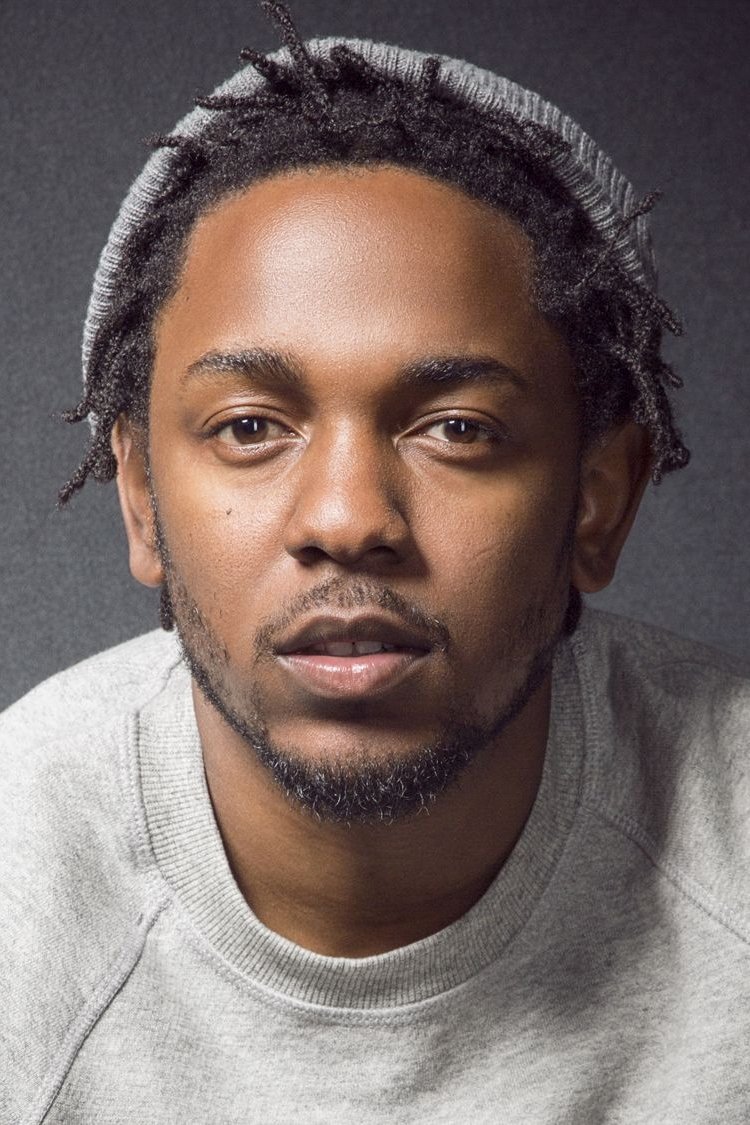
Before becoming known as Kendrick Lamar, he started his career recording and performing as K.Dot with his early mixtapes. As his songwriting developed, he stopped using the name K.Dot, choosing Kendrick Lamar to represent a change in his style and the topics he rapped about. From that point on, his official albums, concerts, and music videos only featured the name Kendrick Lamar. While K.Dot remains an important part of how he began, it’s not an identity he still uses today.
The Weeknd – After Hours Persona

Abel Tesfaye, known as The Weeknd, used a striking visual character – a man in a red suit covered in bandages, showing increasing injuries – to tell a story throughout one album and its related concerts. This character appeared in music videos, at award shows, and on tour, representing a tale of fame and its downsides. Once that album cycle ended, Tesfaye moved on to new imagery and concepts, leaving the bandaged character behind and not revisiting that storyline or look as a recurring persona.
Nicki Minaj – Roman Zolanski

Nicki Minaj created Roman Zolanski as a bold, dramatic character she used in some of her music and shows. While Roman was initially prominent, the character gradually disappeared as Minaj changed her artistic direction. He stopped appearing in her tours and interviews, and now mostly exists as a memorable part of her earlier work rather than someone she actively portrays.
John Cena – Doctor of Thuganomics
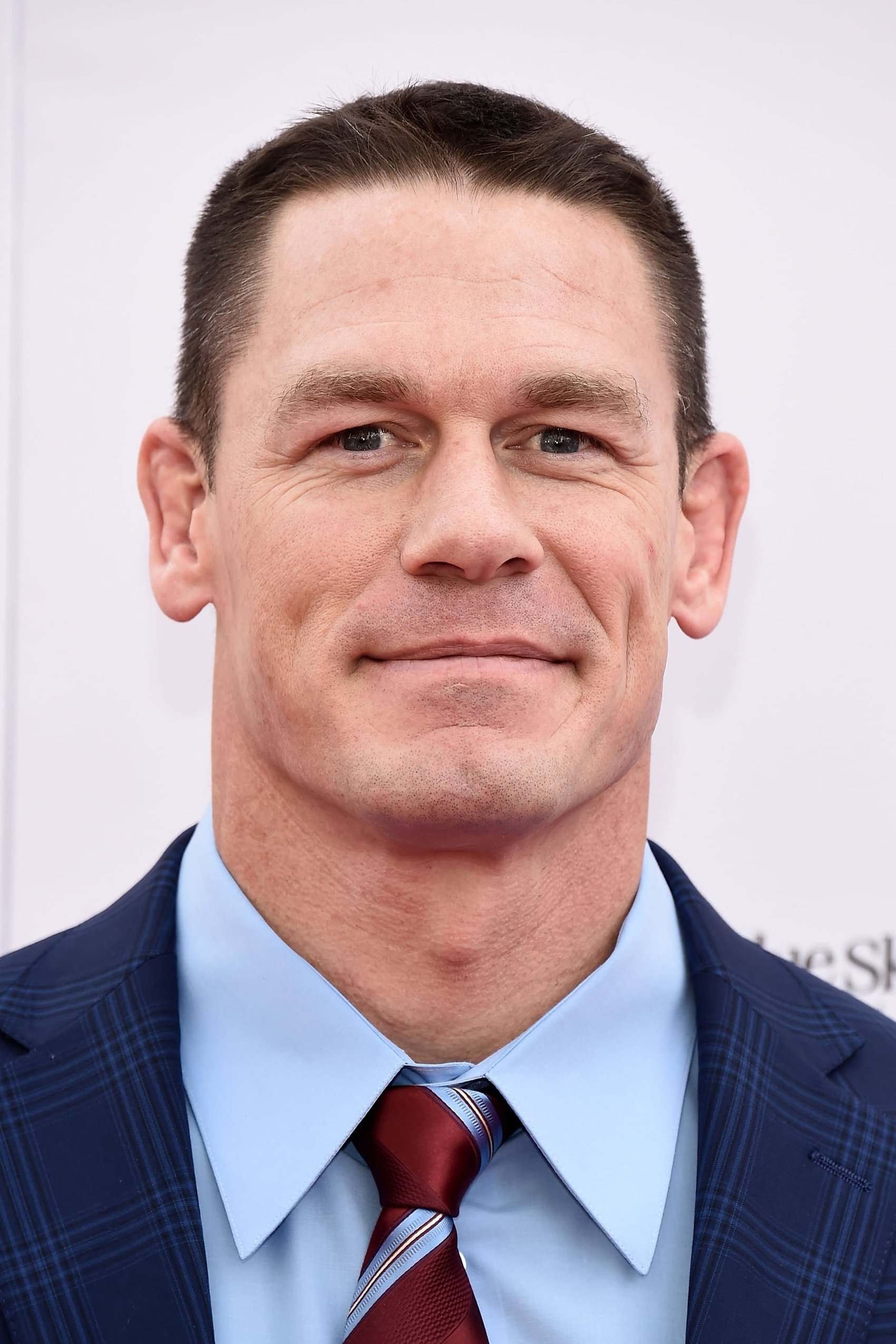
I remember when John Cena first came onto the scene – it was all about his rapping! He’d come out with these throwback jerseys and do these hilarious diss tracks. It was so different! But as he became a bigger star, he really shifted to being the classic, all-American hero. He dropped the whole rapper thing, and everything changed – his t-shirts, his theme music, even the way he acted. Later on, he’d sometimes bring back little bits of that old persona, like a fun throwback, but he never went back to being the rapping guy full-time. It was cool to see him acknowledge it, but he’d definitely moved on.
T.I. – T.I.P.
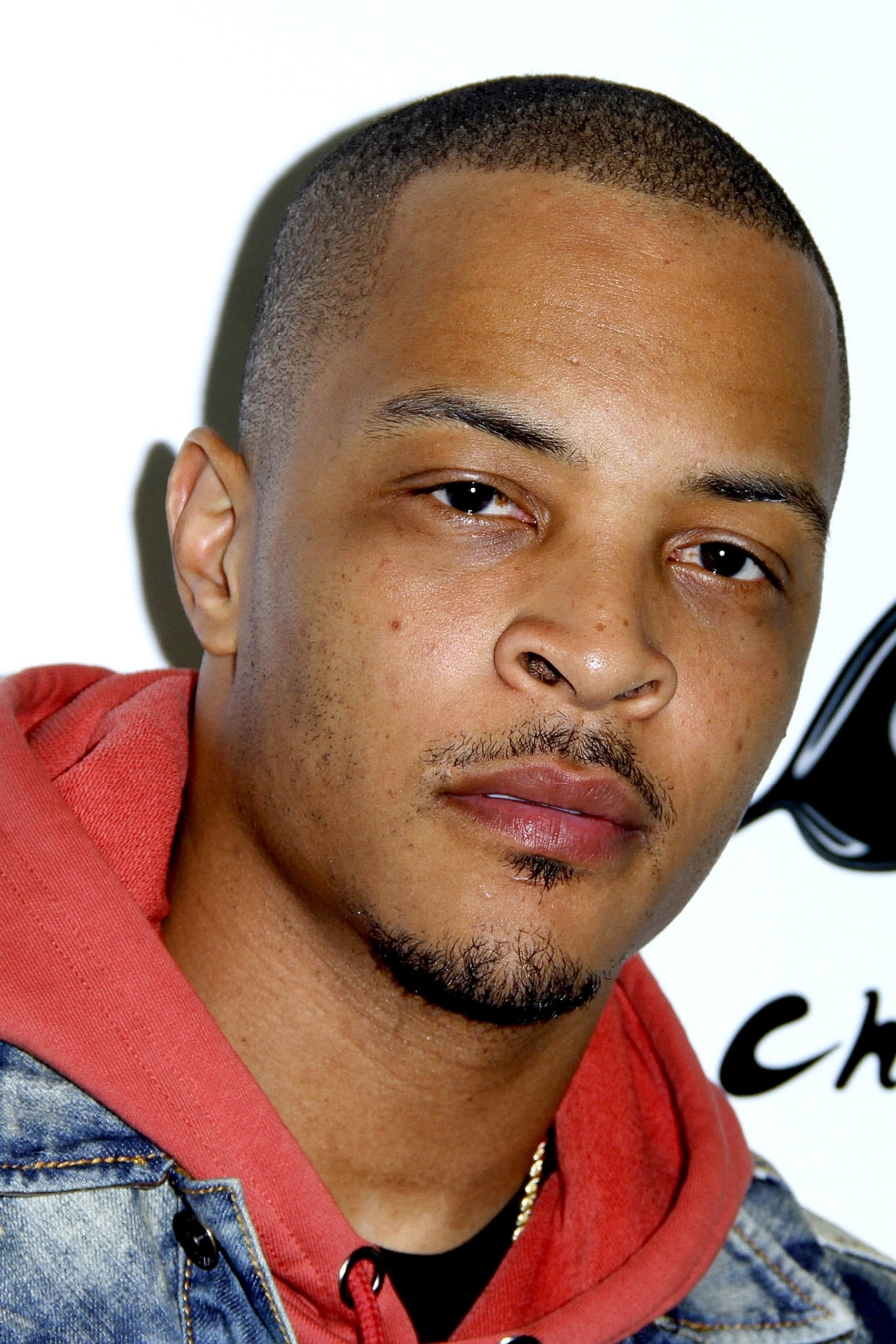
Clifford Harris, known as T.I., presented two distinct sides of himself – T.I. and T.I.P. – through his albums and music videos, often portraying them as representing inner struggles. He later announced he would focus solely on the T.I. persona, moving away from the dual identity. From that point on, his releases and performances featured only T.I., solidifying a single artistic identity.
Madonna – Madame X
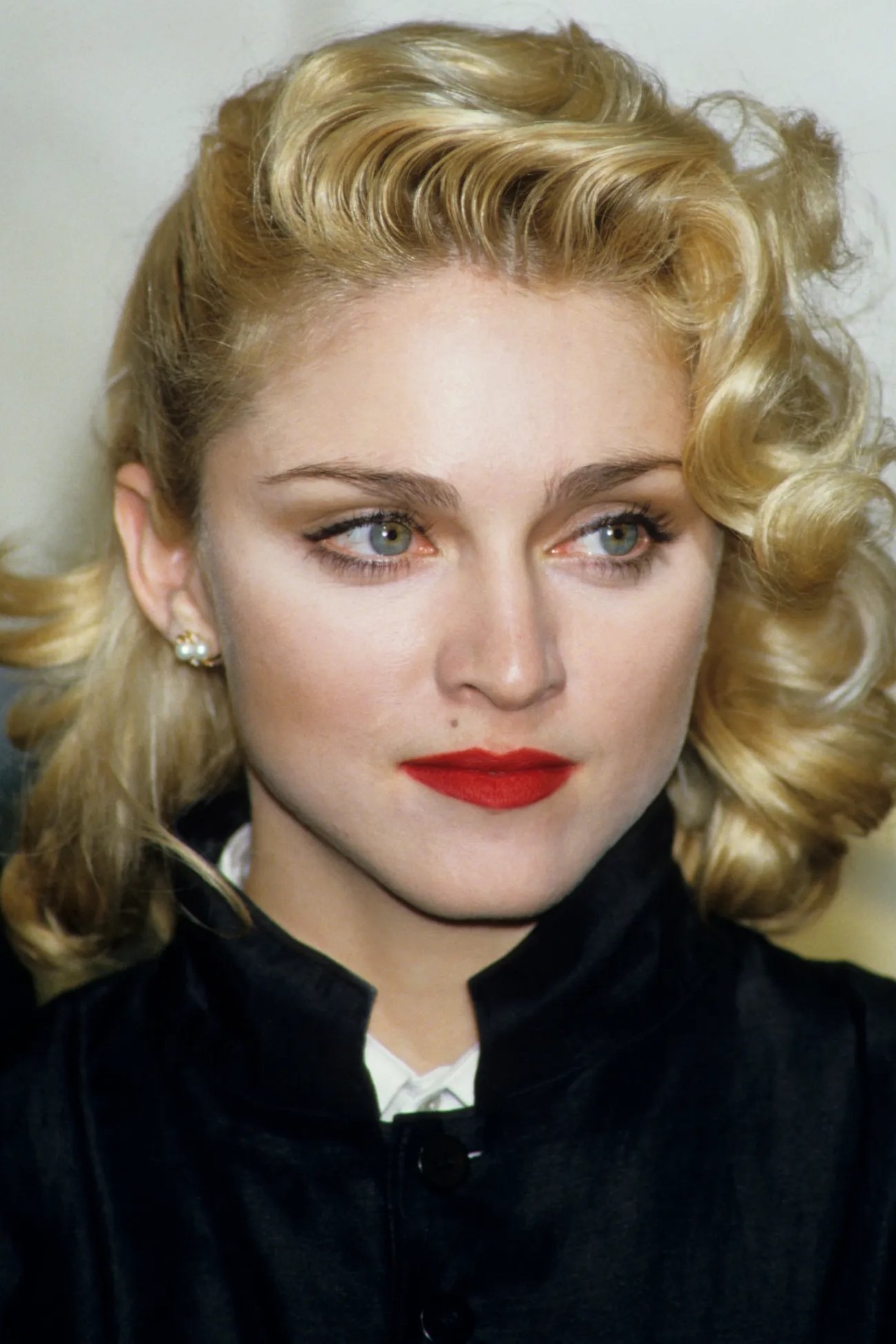
As a huge Madonna fan, I always thought the Madame X era was fascinating. She really built this whole character – a secret agent who could transform – and it wasn’t just about the music. It tied everything together: the album, the tour, even how she looked and the little scenes between songs. But once that tour wrapped up, she went back to being… well, just Madonna again. It’s like Madame X was this contained project, and the persona stayed with that specific moment in her career. You don’t really see that character pop up in her later work or how she presents herself now, and that’s totally fine – it felt like it was meant to be a chapter, not her forever identity.
Prince – Camille
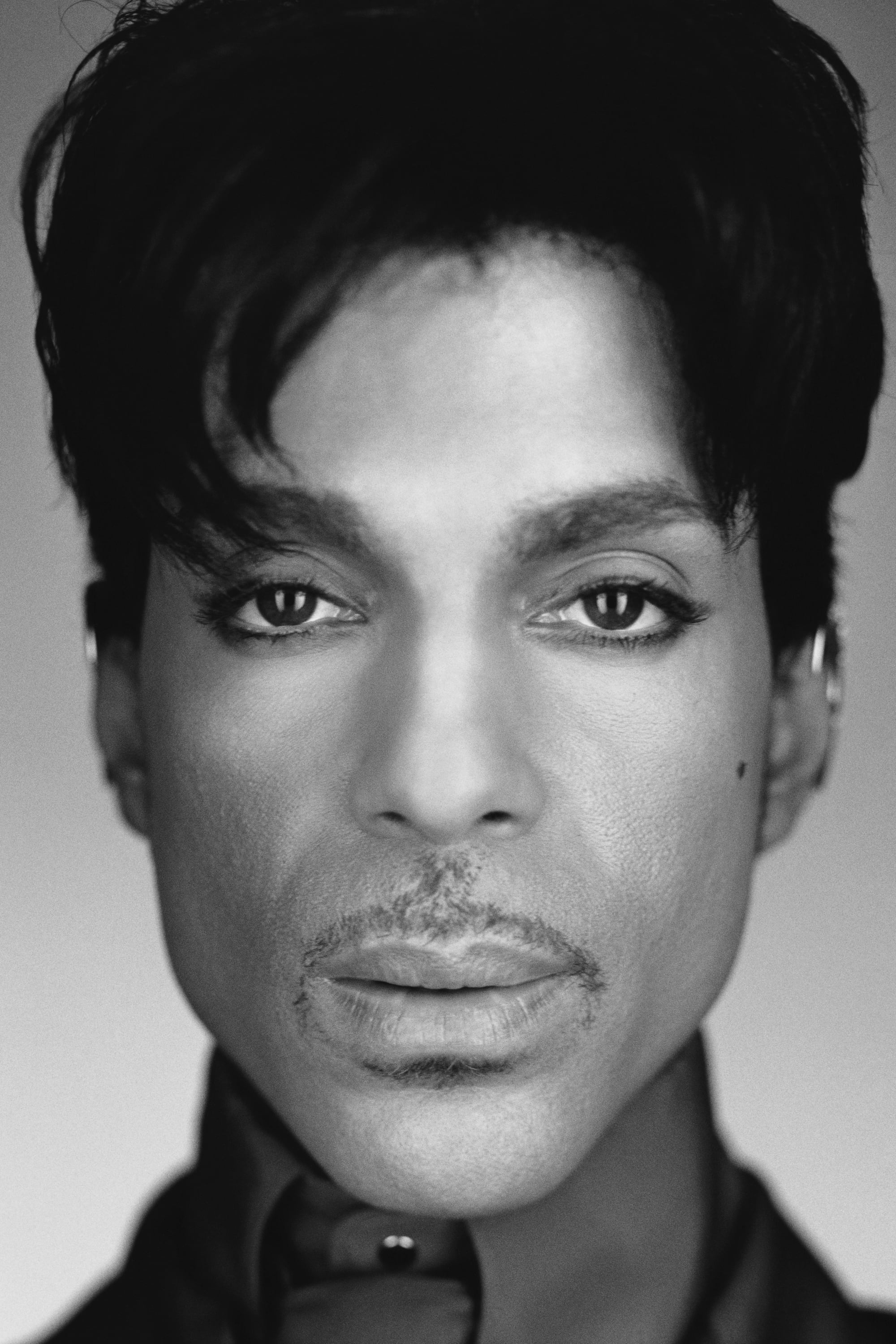
Prince explored a faster, gender-bending vocal style and initially intended to release music under the name Camille. Though he ultimately abandoned the idea of a full Camille project, he incorporated some of those songs into his later albums. He didn’t continue developing Camille as a distinct persona in his performances or official credits. Today, the concept of Camille is mainly known through historical documents and occasional appearances of the songs, rather than as a character Prince brought to life on stage.
Jennifer Lopez – Lola

Jennifer Lopez briefly experimented with the persona “Lola” – a more playful side of herself – using it alongside a few images. This allowed her to hint at a flirtier image without abandoning her existing brand. However, she quickly stopped using the Lola name and returned to being known as Jennifer Lopez or J.Lo in all her work and performances. Lola wasn’t developed further as a distinct identity.
Share the alter egos you think deserve a spot in the next edition in the comments.
Read More
- Silver Rate Forecast
- Gold Rate Forecast
- Красный Октябрь акции прогноз. Цена KROT
- MSCI’s Digital Asset Dilemma: A Tech Wrench in the Works!
- Dogecoin’s Big Yawn: Musk’s X Money Launch Leaves Market Unimpressed 🐕💸
- Bitcoin’s Ballet: Will the Bull Pirouette or Stumble? 💃🐂
- Guardian Wealth Doubles Down on LKQ Stock With $1.8 Million Purchase
- Binance and Botim Money Join Forces: Crypto in the UAE Gets a Boost-Or Does It? 🚀
- Twenty One Capital’s NYSE debut sees 20% fall – What scared investors?
- Monster Hunter Stories 3: Twisted Reflection gets a new Habitat Restoration Trailer
2025-11-04 03:50